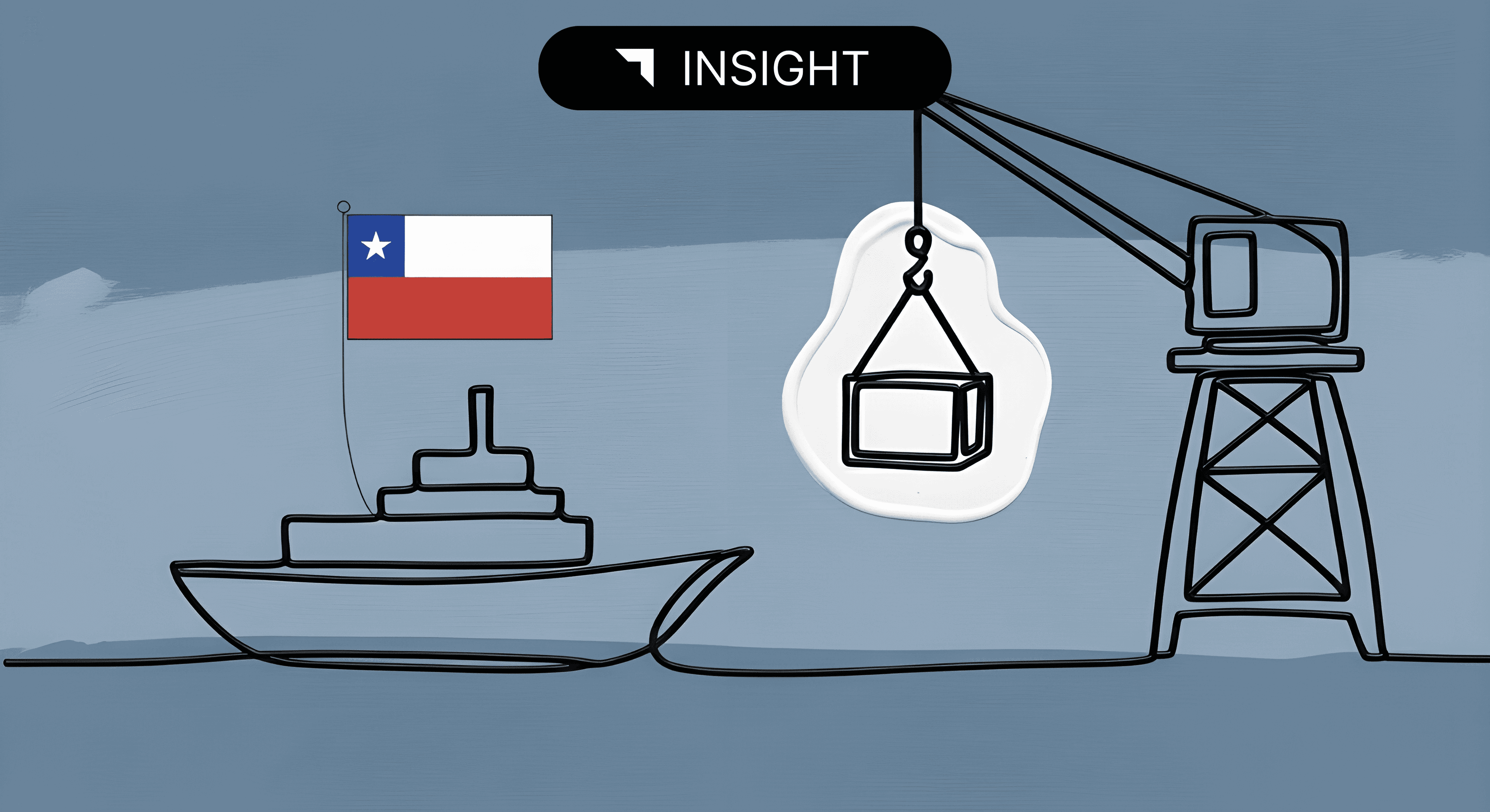
Export Snapshot: Morocco – What U.S. Exporters Need to Know About the United States–Morocco Free Trade Agreement (USMFTA)
The United States–Morocco Free Trade Agreement (USMFTA), implemented in 2006, is one of the most comprehensive and progressive trade agreements between the United States and an African partner. It provides U.S. exporters with duty-free access to a rapidly developing market that connects Africa, Europe, and the Middle East.
For U.S. companies, the agreement reduces tariff barriers, enhances transparency, strengthens intellectual property protection, and opens doors to growing sectors like renewable energy, agriculture, infrastructure, and technology. Morocco’s strategic location and pro-investment policies make it a key gateway to North and West Africa.
Overview of U.S.–Morocco Trade
- U.S. Exports to Morocco: Over $3.5 billion annually, led by aircraft, machinery, agricultural goods, energy equipment, and chemical products.
- Moroccan Exports to the U.S.: Roughly $1.2 billion, primarily apparel, fertilizers, and processed foods.
- Tariff Treatment: More than 95 percent of consumer and industrial goods traded between the countries now enter duty-free.
- Trade Role: The agreement fosters collaboration in energy, agriculture, technology, and manufacturing, making Morocco a regional trade hub.
Key USMFTA Advantages for U.S. Exporters
- Extensive Tariff Elimination: Nearly all U.S. exports now qualify for duty-free treatment, including machinery, vehicles, and high-tech goods.
- Modern Customs Procedures: Electronic documentation, advance rulings, and simplified clearance improve efficiency.
- Services and Investment Access: U.S. service providers enjoy national treatment across telecom, finance, and professional services.
- Strong Intellectual Property Protections: Enhanced enforcement and data exclusivity safeguard software, pharmaceuticals, and creative industries.
- Digital Trade Foundations: Early e-commerce provisions support online services, cloud software, and cross-border data flows.
These advantages have strengthened bilateral investment and positioned Morocco as a strategic partner for U.S. exporters in Africa and beyond.
Strategic Export Opportunities
| Sector | Opportunity | Compliance Note |
|---|---|---|
| Renewable Energy & Cleantech | Morocco’s large-scale solar and wind projects (such as Noor Ouarzazate) create demand for U.S. energy tech and storage systems | Verify environmental compliance and energy certification standards |
| Agricultural Equipment & AgTech | Demand for irrigation systems, tractors, and sustainable farming technology continues to rise | Review sanitary and phytosanitary measures under Chapter 7 |
| Aerospace & Defense | Morocco’s growing aerospace manufacturing ecosystem imports high-value U.S. aircraft parts and systems | Confirm HS codes and rules of origin for aviation components |
| Software, AI & Cloud Services | Expanding digital transformation across finance, logistics, and government sectors | Align with Morocco’s data protection and cybersecurity frameworks |
| Construction & Infrastructure | U.S. firms benefit from Morocco’s ongoing infrastructure expansion and PPP programs | Validate public procurement rules under Chapter 10 |
Rules of Origin and Documentation
To qualify for USMFTA benefits, goods must meet specific rules of origin confirming substantial transformation within the United States or Morocco. Exporters should:
- Complete a Certificate of Origin specifying qualifying products and producers.
- Maintain supporting records for at least five years for customs audits.
- Confirm that materials meet regional value content or tariff shift criteria under Annex 4-A.
- Work with U.S. Customs and Border Protection (CBP) and Moroccan Customs (Administration des Douanes) for binding rulings when classification questions arise.
- Digitize origin and documentation management to ensure compliance consistency across all shipments.
Emerging Trends and Market Insights
- Renewable Energy Leadership: Morocco’s commitment to clean energy has made it one of the most renewable-forward countries in Africa, driving demand for U.S. technology and engineering solutions.
- Nearshoring and Manufacturing Integration: As supply chains diversify away from Asia, Morocco’s industrial zones offer logistics advantages for U.S. and EU trade flows.
- Digital Economy Growth: Morocco’s growing fintech, e-commerce, and AI ecosystems create opportunities for U.S. software and SaaS exporters.
- Agricultural Modernization: U.S. agtech exporters can benefit from Morocco’s government-led agricultural transformation programs.
- Sustainable Development Partnerships: U.S. clean energy, water management, and climate-tech firms are positioned to support Morocco’s Vision 2030 initiatives.
These trends reinforce Morocco’s status as a long-term, stable partner for U.S. trade and investment in the broader MENA and African markets.
Why It Matters for Exporters
The U.S.–Morocco Free Trade Agreement creates a foundation for competitive, sustainable, and transparent trade. For U.S. exporters, it provides:
- Zero or reduced tariffs across most product categories
- Open market access for goods, services, and investment
- Predictable customs and regulatory procedures
- Protection for intellectual property and digital innovation
- A strategic entry point into Africa and Europe
By combining FTA compliance with proactive market engagement, exporters can expand their footprint in one of Africa’s most open and forward-looking economies.
To streamline FTA management, automate origin checks, and simulate duty impacts, explore Trade Insight AI — your partner in data-driven trade compliance and market intelligence.
Series Note:
This article is part of the Export Snapshot series, highlighting major U.S. Free Trade Agreements and helping exporters use technology and compliance automation to succeed in global trade.
Related News

October 30, 2025
The History of Tariff Engineering and Why It Still Matters
Read more →
October 28, 2025
The Five Most Overlooked Dutiable Additions in Customs Valuation
Read more →
November 6, 2025